
Your Pasta Sucks: A “Cookbook” Review pasta cookbook Guide – Oemiu
Your Pasta Sucks: A “Cookbook” Review & Pasta Cookbook Guide
The quest for the perfect pasta dish is a journey fraught with peril. Overcooked noodles, bland sauces, and that lingering feeling that Nonna is silently judging your every move – these are the anxieties that plague even the most seasoned home cooks. Thankfully, there’s a veritable mountain of pasta cookbooks promising to guide us towards pasta perfection. But are they all created equal? Absolutely not. Some are brimming with authentic, time-tested recipes and invaluable techniques, while others… well, let’s just say they might be better suited as a coaster. This article aims to dissect the world of pasta cookbooks, helping you navigate the vast landscape and find the resource that will truly elevate your pasta game, and also explores a popular (and controversially named) option. We’ll be looking at what makes a good pasta cookbook, comparing different types, and delving into the specifics of one particular book with a provocative title: “Your Pasta Sucks.”
Understanding the Pasta Cookbook Landscape
Choosing the right pasta cookbook is like choosing the right travel companion: it can make or break your experience. A great cookbook isn’t just a collection of recipes; it’s a comprehensive guide that educates, inspires, and empowers you to create incredible dishes. It should cover the fundamentals, like selecting the right type of pasta for the sauce, mastering basic dough recipes, and understanding the nuances of cooking times. Beyond the basics, a good pasta cookbook should offer a diverse range of recipes, from classic Italian staples to innovative and modern creations. Look for cookbooks that provide clear and concise instructions, accompanied by helpful tips and techniques. Visual aids, such as step-by-step photos or illustrations, can be incredibly beneficial, especially for beginners. Consider the author’s expertise and background. Are they a renowned chef, a seasoned home cook, or a culinary historian? Their credibility can significantly impact the quality and authenticity of the recipes. Ultimately, the best pasta cookbook is one that aligns with your cooking style, skill level, and dietary preferences. If you are vegan, look for a vegan pasta cookbook specifically. A true pasta cookbook should also include valuable sections on making fresh pasta.
Think about what you hope to achieve with a pasta cookbook. Are you looking to master the art of making homemade pasta from scratch? Or are you more interested in exploring a wide variety of sauces and flavor combinations to pair with store-bought pasta? Do you have any dietary restrictions or preferences, such as vegetarian, vegan, or gluten-free? Consider your current skill level and cooking experience. Are you a beginner who needs a cookbook with detailed instructions and step-by-step photos? Or are you an experienced cook looking for more advanced techniques and challenging recipes? Once you’ve identified your goals and needs, you can begin to narrow down your options and choose a pasta cookbook that is right for you. The best way to find a book tailored to your tastes is to research and read reviews before purchasing. With all the modern online retailers, the ability to sample a chapter or two is more accessible than ever.
“Your Pasta Sucks”: A Critical Examination
“Your Pasta Sucks” is a pasta cookbook, or rather, an attempt at one, that takes a decidedly unconventional approach. The title itself is a blatant attention-grabber, and it sets the tone for a book that’s more about shock value than substance. While the author’s intentions might have been to provide brutally honest feedback and help readers improve their pasta-making skills, the execution falls flat. The recipes are often poorly written, lacking crucial details and measurements. The instructions are vague and confusing, making it difficult for even experienced cooks to follow along. The author’s tone is condescending and judgmental, which can be discouraging for beginners.
One of the biggest problems with “Your Pasta Sucks” is its lack of organization and structure. The recipes are haphazardly arranged, with no clear categorization or progression. This makes it difficult to find what you’re looking for, and it creates a sense of chaos and disarray. The book also lacks essential information about pasta types, cooking techniques, and sauce pairings. Without this fundamental knowledge, readers are left to fend for themselves, which is not conducive to success. The book promises to provide honest feedback and help readers improve their pasta-making skills. While there are a few nuggets of useful information scattered throughout the book, they are buried beneath a mountain of negativity and unhelpful advice. The author’s tone is often condescending and judgmental, which can be discouraging for beginners. Instead of providing constructive criticism, the author seems more interested in tearing down readers and making them feel inadequate. A good pasta cookbook should inspire and empower readers to create delicious meals. “Your Pasta Sucks” does the opposite.
| Feature | “Your Pasta Sucks” | Good Pasta Cookbook |
|---|---|---|
| Recipe Clarity | Vague, Missing Details | Clear, Precise |
| Organization | Haphazard, Unstructured | Logical, Categorized |
| Author Tone | Condescending, Judgmental | Encouraging, Informative |
| Educational Value | Limited, Lacking Fundamentals | Comprehensive, Covers Basics |
| Visual Aids | Minimal or None | Step-by-Step Photos/Illustrations |
Essential Elements of a High-Quality Pasta Cookbook
A truly great pasta cookbook is more than just a collection of recipes; it’s a comprehensive guide that demystifies the art of pasta making and empowers you to create delicious, authentic dishes in your own kitchen. Several key elements contribute to the quality and effectiveness of a pasta cookbook, starting with the recipes themselves. Recipes should be clear, concise, and easy to follow, even for beginners. They should include detailed instructions, accurate measurements, and helpful tips and techniques. A good pasta cookbook should also offer a diverse range of recipes, from classic Italian staples to innovative and modern creations. Look for recipes that showcase different types of pasta, sauces, and ingredients.
Beyond the recipes, a high-quality pasta cookbook should provide a wealth of information about pasta types, cooking techniques, and sauce pairings. It should explain the differences between various types of pasta, such as spaghetti, penne, and fettuccine, and how to choose the right pasta for each sauce. It should also cover essential cooking techniques, such as cooking pasta al dente, making homemade pasta dough, and creating flavorful sauces. Visual aids can be incredibly helpful, especially for beginners. Look for cookbooks that include step-by-step photos or illustrations that demonstrate key techniques and procedures. These visual aids can help you visualize the process and avoid common mistakes. The author’s expertise and background can significantly impact the quality and authenticity of the recipes. Look for cookbooks written by renowned chefs, seasoned home cooks, or culinary historians. Their credibility can give you confidence in the recipes and techniques presented in the book. Finally, a good pasta cookbook should be well-organized and easy to navigate. The recipes should be categorized by type of pasta, sauce, or ingredient, and the book should include a comprehensive index. This will make it easier to find what you’re looking for and to browse the book for inspiration. Choosing the right pasta cookbook can transform your cooking and open up a world of delicious possibilities.
Beyond the Recipe: Techniques and Ingredients
A good pasta cookbook doesn’t just throw recipes at you; it teaches you the fundamental techniques and provides a deep understanding of the ingredients that go into creating truly exceptional pasta dishes. This includes a detailed exploration of different pasta shapes and their ideal sauce pairings. For instance, long, thin strands like spaghetti and linguine are best suited for lighter, oil-based sauces, while thicker, heartier shapes like penne and rigatoni can stand up to richer, creamier sauces. The book should also delve into the art of making fresh pasta from scratch, providing clear instructions and helpful tips for mastering the perfect dough. This includes explaining the different types of flour that can be used, the importance of kneading the dough properly, and the best ways to roll and cut the pasta. Beyond the pasta itself, a good cookbook should also explore the key ingredients that go into making delicious sauces. This includes tomatoes, olive oil, garlic, herbs, cheeses, and meats. The book should explain the different types of tomatoes that can be used, the importance of using high-quality olive oil, and the best ways to incorporate herbs and spices into your sauces.
Understanding the origins of various pasta dishes and the regional variations that exist is another crucial aspect of a comprehensive pasta cookbook. Italian cuisine is incredibly diverse, with each region having its own unique specialties and traditions. A good cookbook should explore these regional differences, highlighting the dishes that are specific to each area. This includes explaining the history and cultural significance of each dish, as well as providing tips for adapting the recipes to your own tastes and preferences. Learning about the regional variations in Italian cuisine can broaden your culinary horizons and inspire you to create your own unique pasta dishes. Ultimately, a good pasta cookbook should be a comprehensive resource that provides you with the knowledge, skills, and inspiration to create truly exceptional pasta dishes in your own kitchen. It should go beyond simply providing recipes and delve into the techniques, ingredients, and cultural context that make pasta so beloved around the world. With the right cookbook in hand, you can transform your pasta-making skills and create dishes that will impress your family and friends.
Long-Tail Variations: Finding Your Perfect Pasta Cookbook
Finding the perfect pasta cookbook can feel like navigating a labyrinth. The key is to be specific in your search and utilize long-tail keywords to narrow down your options. Instead of simply searching for “pasta cookbook,” try using more specific phrases like “best pasta cookbook for beginners with photos,” “authentic Italian pasta cookbook for homemade pasta,” or “vegan pasta cookbook with gluten-free options.” These longer, more detailed search queries will help you find cookbooks that are specifically tailored to your needs and interests.
Consider your skill level when choosing a pasta cookbook. Are you a complete beginner who needs a cookbook with step-by-step instructions and visual aids? Or are you an experienced cook looking for more advanced techniques and challenging recipes? There are pasta cookbooks designed for all skill levels, so be sure to choose one that is appropriate for your experience. Another important factor to consider is your dietary preferences. Are you vegetarian, vegan, or gluten-free? There are many pasta cookbooks that cater to specific dietary needs, so you can find one that aligns with your eating habits. If you’re looking for a cookbook that focuses on making fresh pasta from scratch, search for phrases like “pasta cookbook with homemade pasta recipes” or “best cookbook for making fresh pasta dough.” These search queries will help you find cookbooks that provide detailed instructions and helpful tips for mastering the art of pasta making. Alternatively, if you’re more interested in exploring different sauce pairings, search for phrases like “pasta cookbook with unique sauce recipes” or “best cookbook for Italian pasta sauces.” These search queries will help you find cookbooks that offer a wide variety of creative and delicious sauce recipes. By using long-tail keywords and considering your specific needs and interests, you can significantly increase your chances of finding the perfect pasta cookbook that will inspire you to create delicious and authentic dishes in your own kitchen. Don’t settle for a generic cookbook that doesn’t meet your needs. Take the time to research and find a cookbook that is specifically tailored to you.
FAQ
What makes a good pasta cookbook?
A good pasta cookbook is more than just a collection of recipes. It’s a comprehensive guide that educates, inspires, and empowers you to create delicious pasta dishes. Key characteristics include clear and concise recipes with accurate measurements and detailed instructions. Helpful tips and techniques, covering essential aspects like cooking pasta al dente and choosing the right pasta shape for each sauce are vital. A diverse range of recipes, from classic Italian staples to innovative creations, should also be included. The book should also provide a wealth of information about different types of pasta, cooking techniques, and sauce pairings. Look for pasta cookbooks written by chefs or experienced cooks and provide visual aids to make instructions easier.
Is it worth making pasta from scratch?
Making pasta from scratch can be a rewarding experience, though it requires a bit of time and effort. The taste and texture of freshly made pasta are undeniably superior to store-bought dried pasta. It has a delicate, slightly chewy texture and a richer flavor that perfectly complements a wide variety of sauces. Making your own pasta allows you to control the ingredients and avoid any unwanted additives or preservatives. However, it’s important to consider your lifestyle and schedule. If you’re short on time, store-bought pasta is a perfectly acceptable alternative. However, if you have the time and inclination, making pasta from scratch is a great way to elevate your cooking and impress your friends and family.
What are the essential tools for making pasta?
While you can make pasta with minimal equipment, having the right tools can make the process easier and more efficient. A pasta machine is highly recommended for rolling out the dough to a consistent thickness. It allows you to create thin, even sheets of pasta with minimal effort. A good kitchen scale is essential for accurately measuring ingredients, especially flour and water. The correct proportions are crucial for creating the perfect pasta dough. A bench scraper is a versatile tool that can be used for dividing the dough, cleaning your work surface, and transferring pasta. A large pot is necessary for cooking the pasta. Choose a pot that is big enough to allow the pasta to move freely, which will prevent it from sticking together. And finally, a spider strainer or slotted spoon is helpful for removing the pasta from the boiling water without damaging it.
What is “al dente” and why is it important?
“Al dente” is an Italian term that translates to “to the tooth.” It refers to the ideal level of doneness for pasta. Pasta cooked al dente should be firm to the bite, with a slight resistance in the center. It should not be mushy or overcooked. Cooking pasta al dente is important for several reasons. First, it provides a more pleasing texture. The slightly firm texture of al dente pasta enhances the overall eating experience. Second, al dente pasta holds its shape better in sauces. It won’t break down or become mushy when mixed with sauce. Third, al dente pasta has a lower glycemic index than overcooked pasta. This means that it releases sugar into the bloodstream more slowly, which is beneficial for blood sugar control.
How do I prevent pasta from sticking together?
Preventing pasta from sticking together requires a few simple precautions. Use a large pot with plenty of water. The pasta needs room to move around freely in the pot to prevent it from sticking together. Add salt to the water. Salt not only flavors the pasta but also helps to prevent it from sticking. Stir the pasta frequently during the first few minutes of cooking. This will help to separate the strands and prevent them from clumping together. Don’t overcrowd the pot. Overcrowding the pot will lower the water temperature and increase the likelihood of the pasta sticking together. Cook the pasta al dente. Overcooked pasta is more likely to stick together. And finally, add a small amount of olive oil to the water. While this is a debated topic, some cooks find that a tablespoon or two of olive oil helps to prevent the pasta from sticking without affecting the sauce’s ability to adhere to the pasta.
What are some common mistakes to avoid when cooking pasta?
Several common mistakes can undermine your pasta-cooking efforts. Not using enough water is a frequent error. Pasta needs plenty of room to move around freely in the pot. Not salting the water is another oversight. Salt not only flavors the pasta but also helps to prevent it from sticking. Overcooking the pasta is perhaps the most common mistake of all. Overcooked pasta is mushy and unpleasant to eat. Rinsing the pasta after cooking is another mistake to avoid. Rinsing removes the starch that helps the sauce adhere to the pasta. Not reserving pasta water is also a missed opportunity. The starchy pasta water can be used to thicken and emulsify sauces. Adding the sauce to the pasta instead of the other way around is also an error. Always add the pasta to the sauce, not the other way around. This will ensure that the pasta is evenly coated with sauce.
How do I choose the right pasta shape for a particular sauce?
Choosing the right pasta shape for a particular sauce can enhance the overall flavor and texture of the dish. Long, thin strands like spaghetti and linguine are best suited for lighter, oil-based sauces. The delicate strands of pasta are easily coated by the light sauce. Tubular shapes like penne and rigatoni are ideal for heartier, chunkier sauces. The ridges and grooves in the pasta help to trap the sauce and ensure that each bite is packed with flavor. Shell-shaped pasta like conchiglie and orecchiette are great for creamy, cheesy sauces. The shape of the pasta allows it to scoop up the sauce and create a delicious, satisfying mouthful. Small pasta shapes like ditalini and orzo are often used in soups and salads. The small size of the pasta makes them easy to eat and they add a pleasant texture to the dish. Ultimately, the best way to choose the right pasta shape for a particular sauce is to experiment and find what you like best. There are no hard and fast rules, so feel free to try different combinations and discover your own favorite pairings.
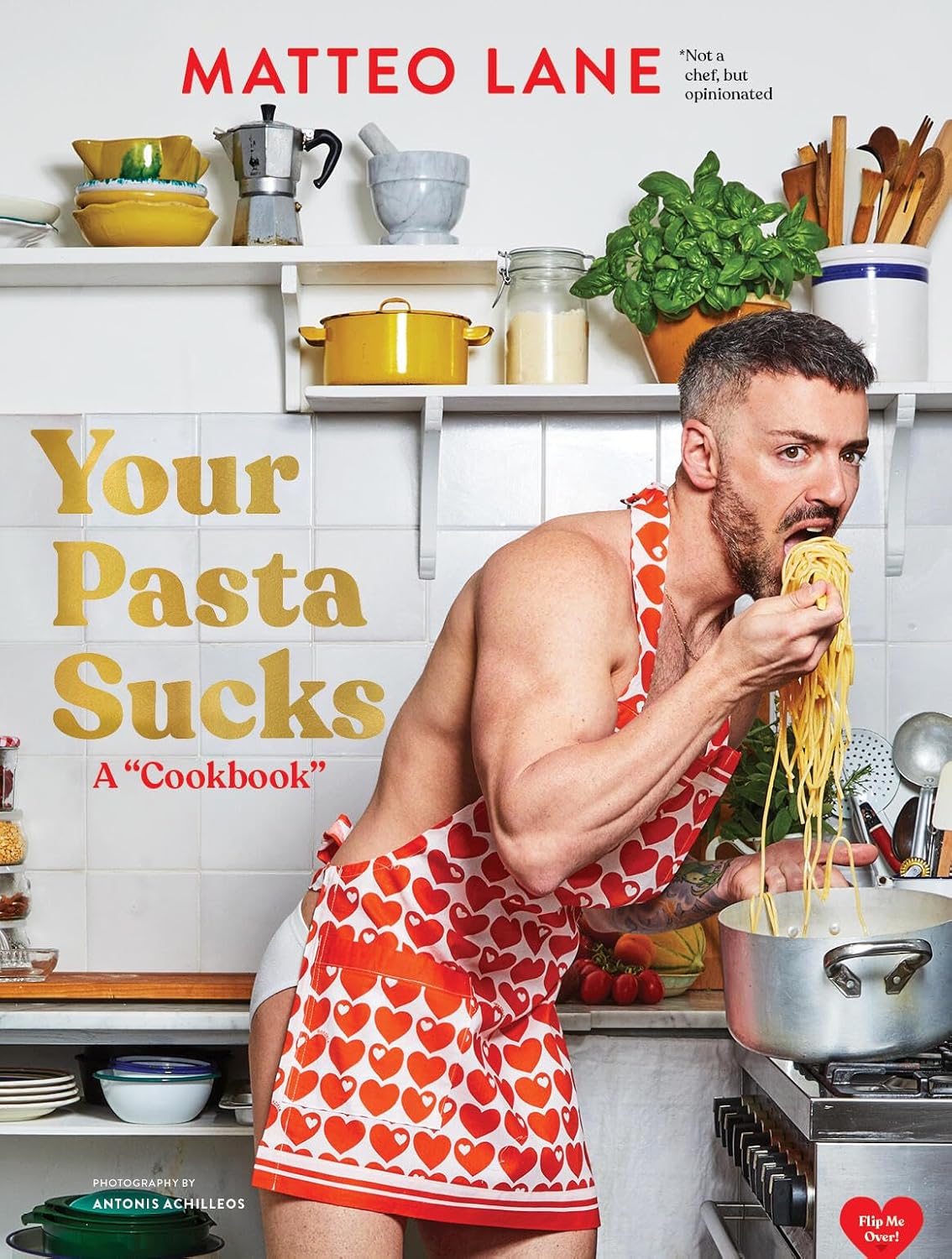
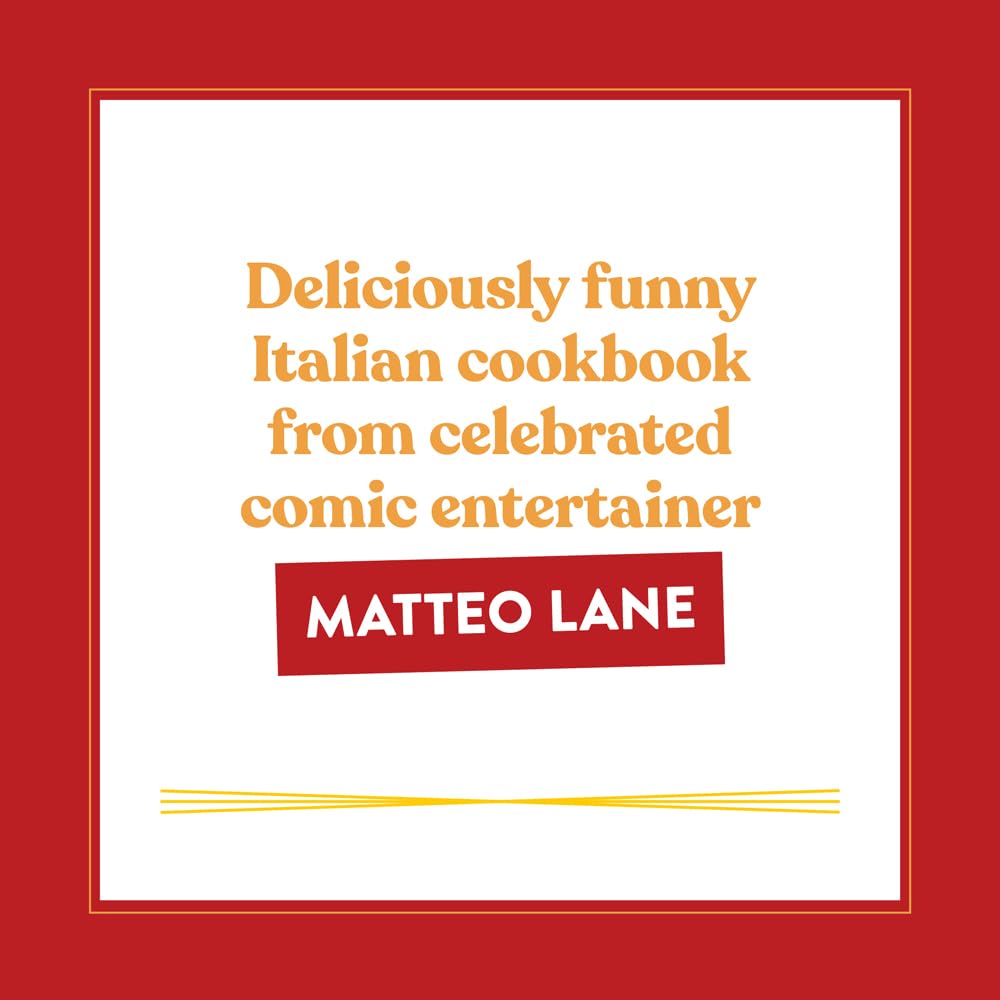
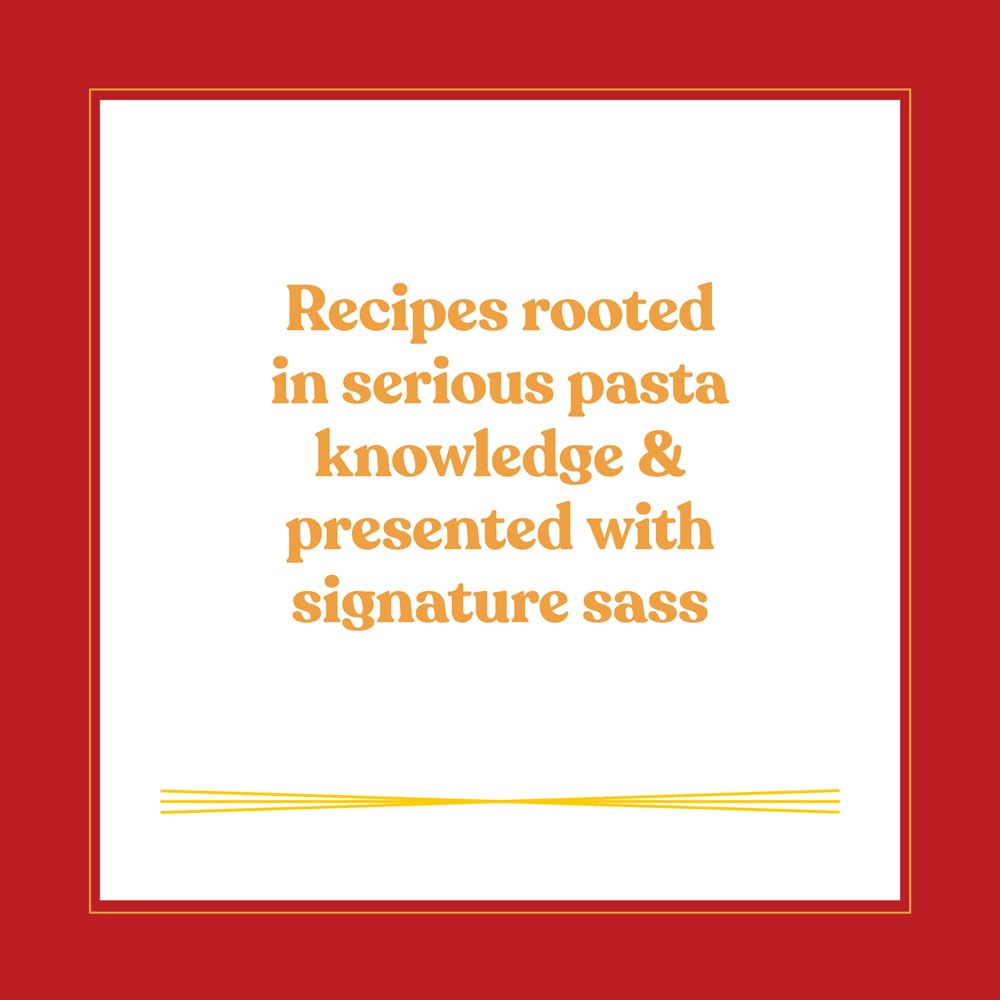

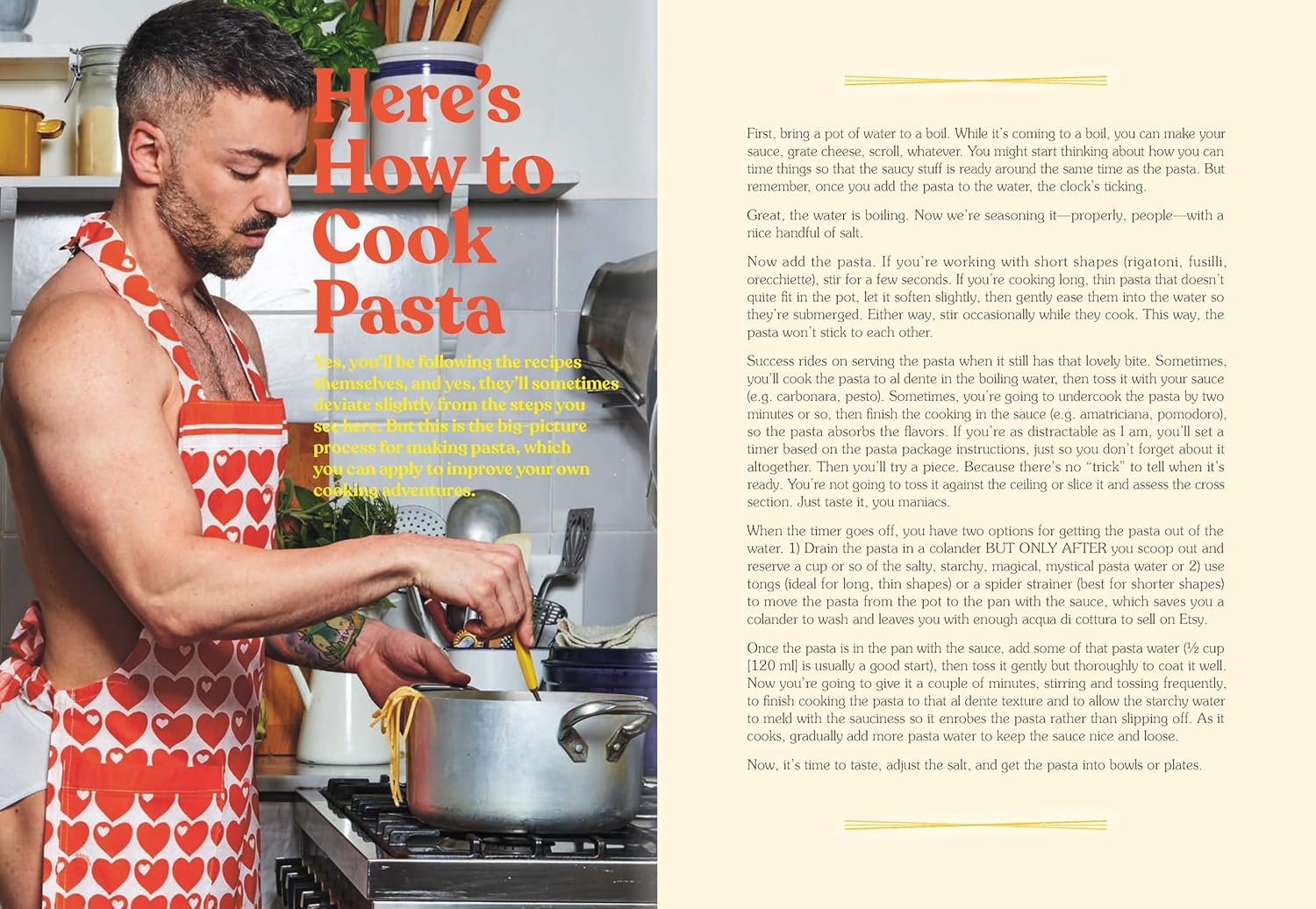
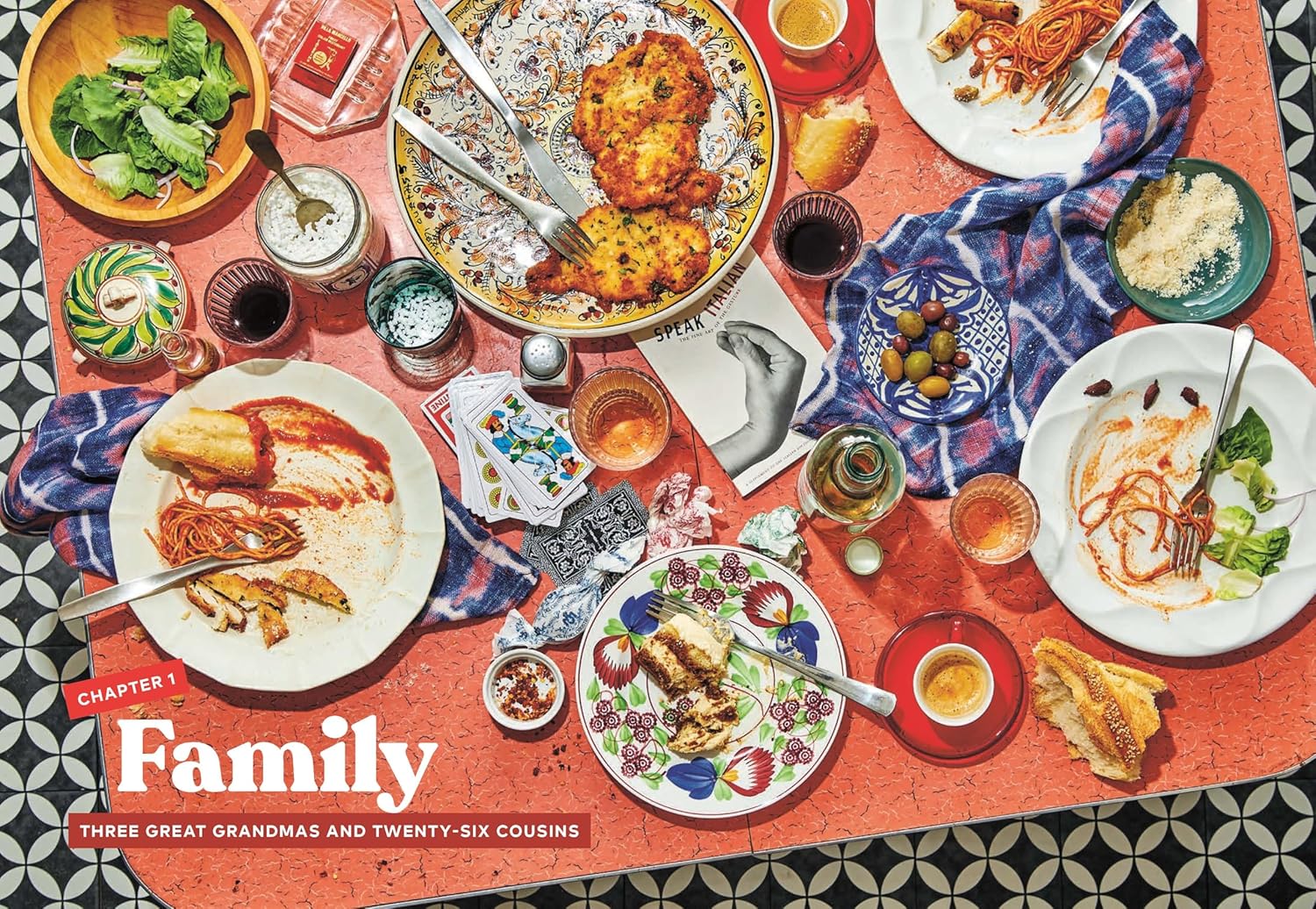
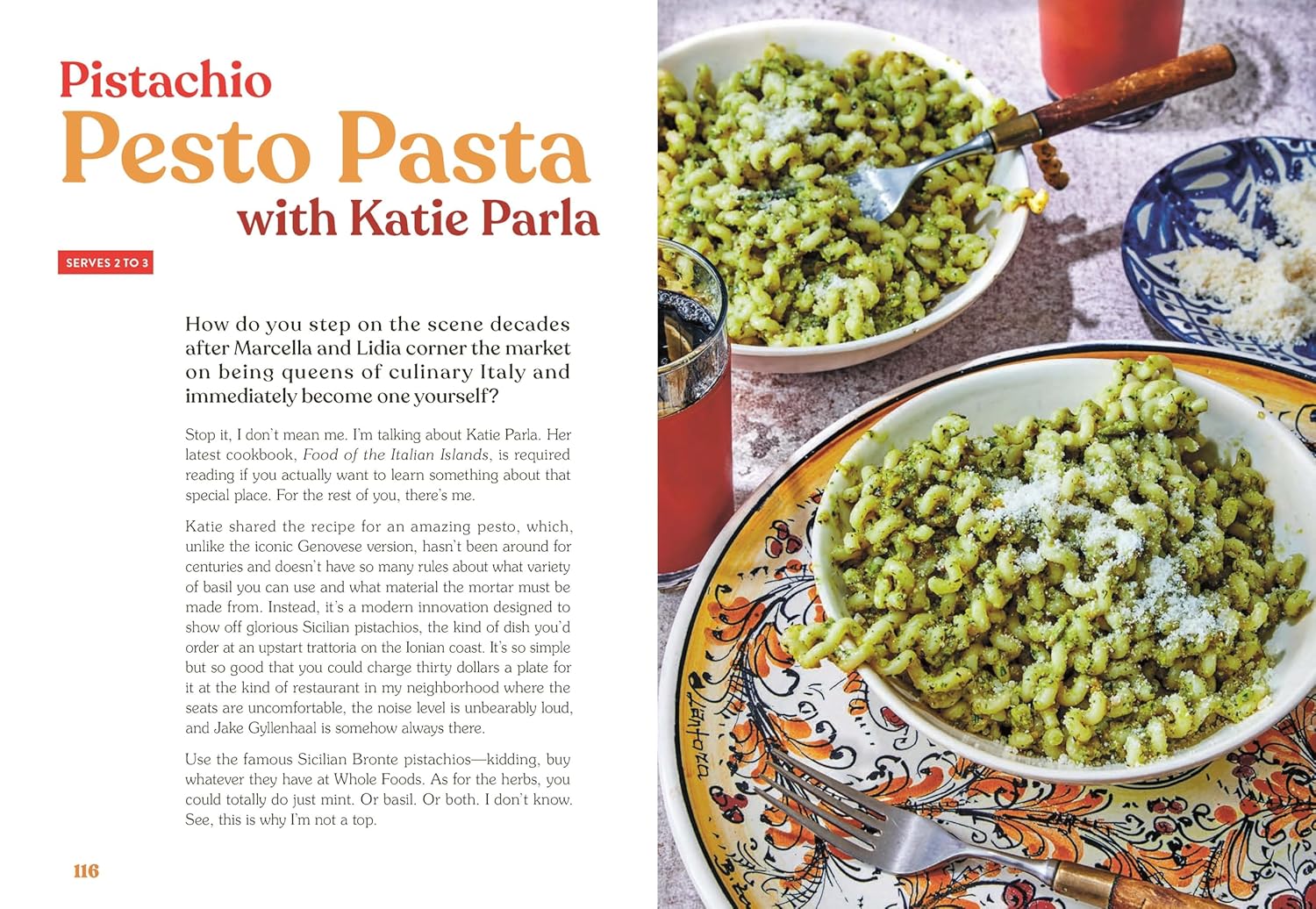
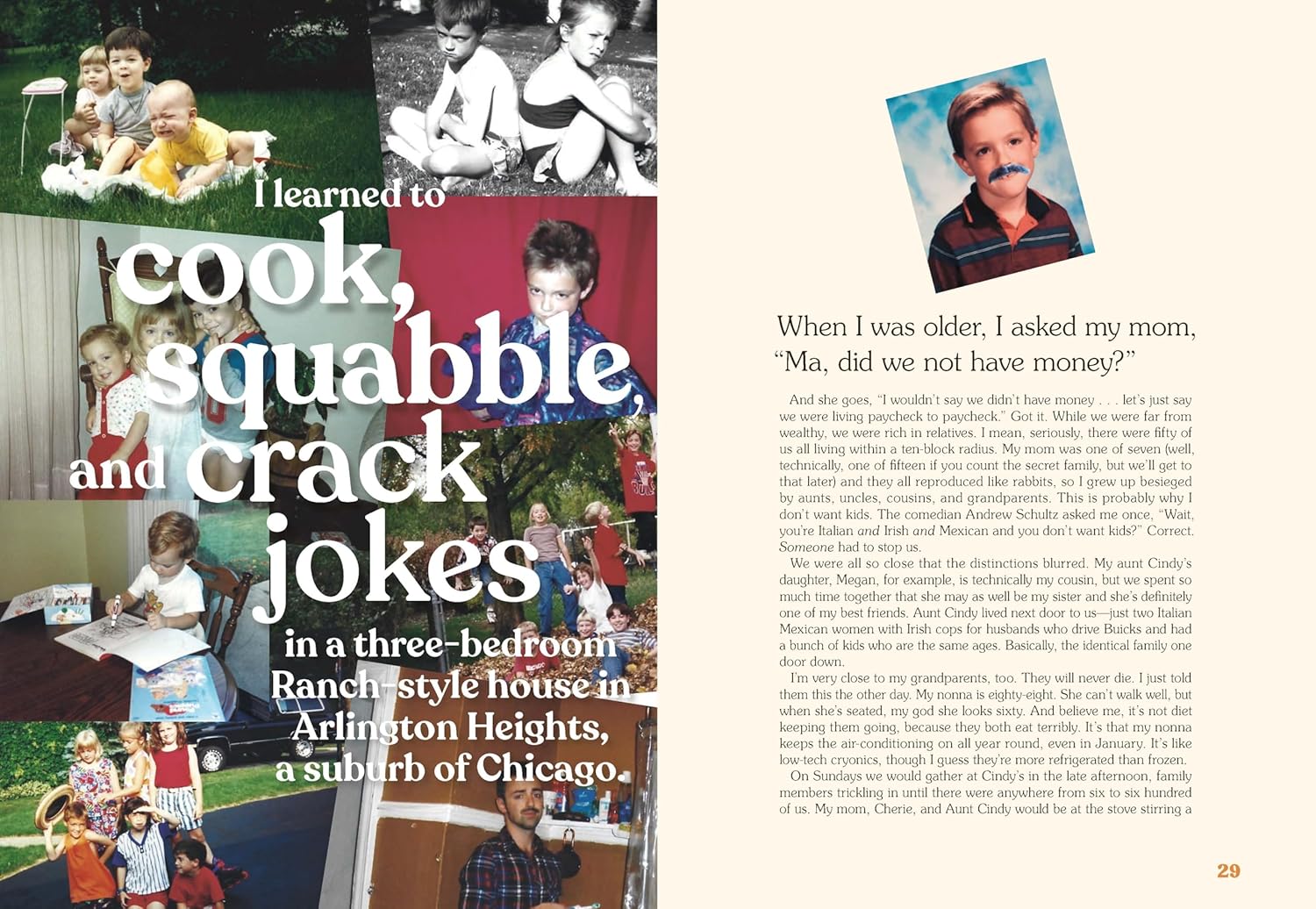
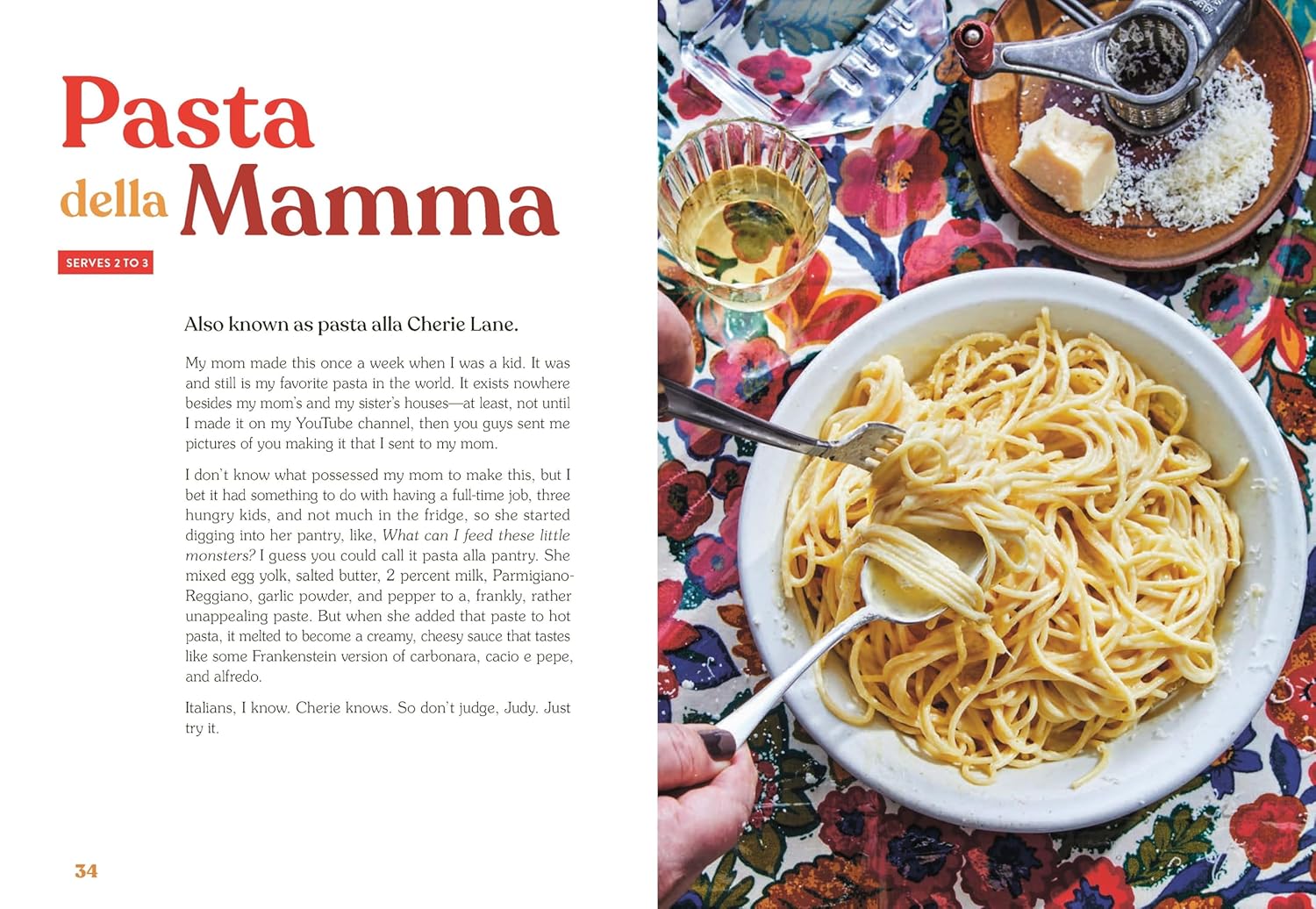


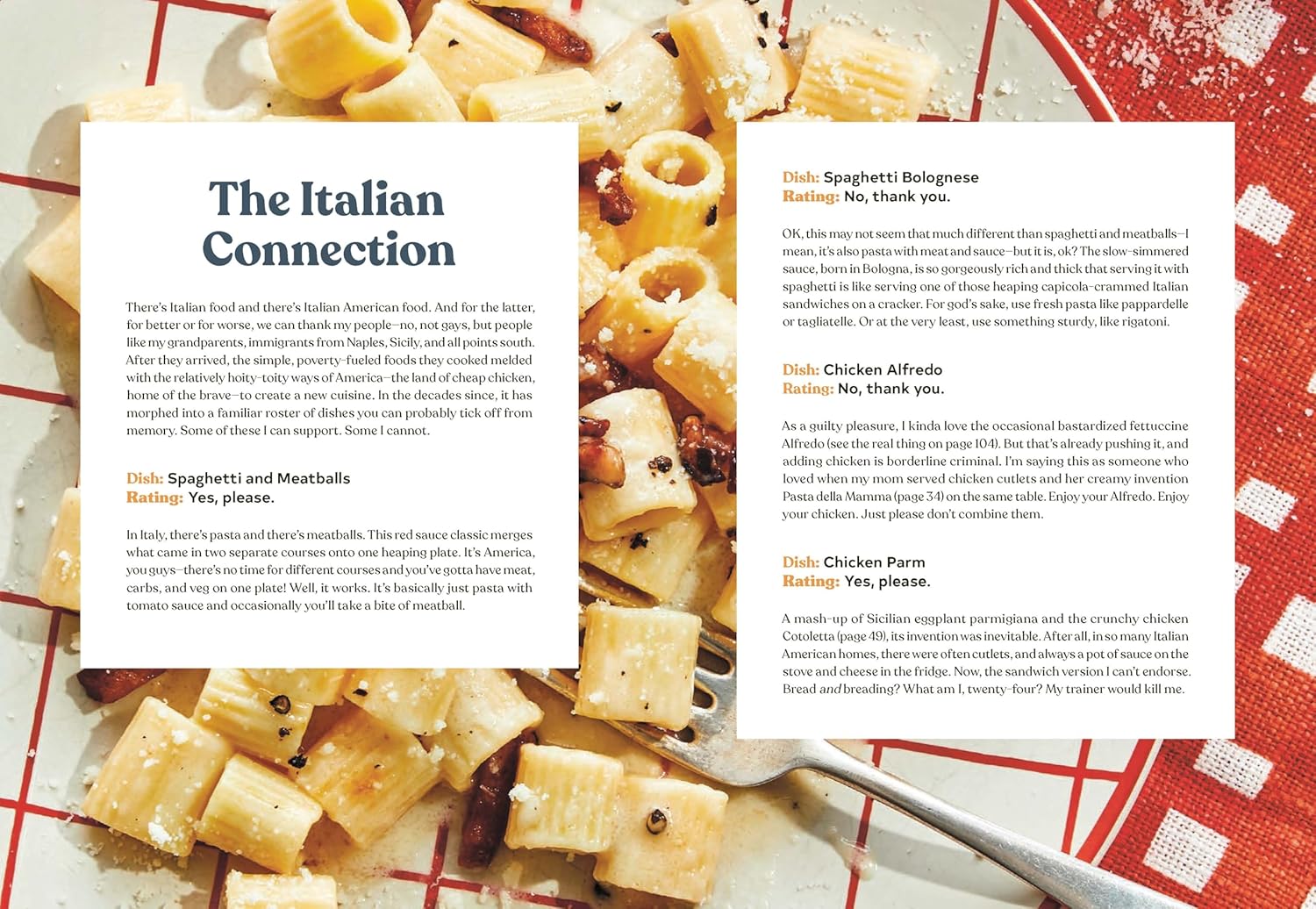
Price: $29.95 - $25.36
(as of Sep 13, 2025 05:16:16 UTC – Details)



![Flour + Water: Pasta [A Cookbook]](https://oemiu.com/wp-content/uploads/2025/09/1757724699_Flour-Water-Pasta-A-Cookbook-Review-pasta-cookbook-Guide-336x220.jpg)
